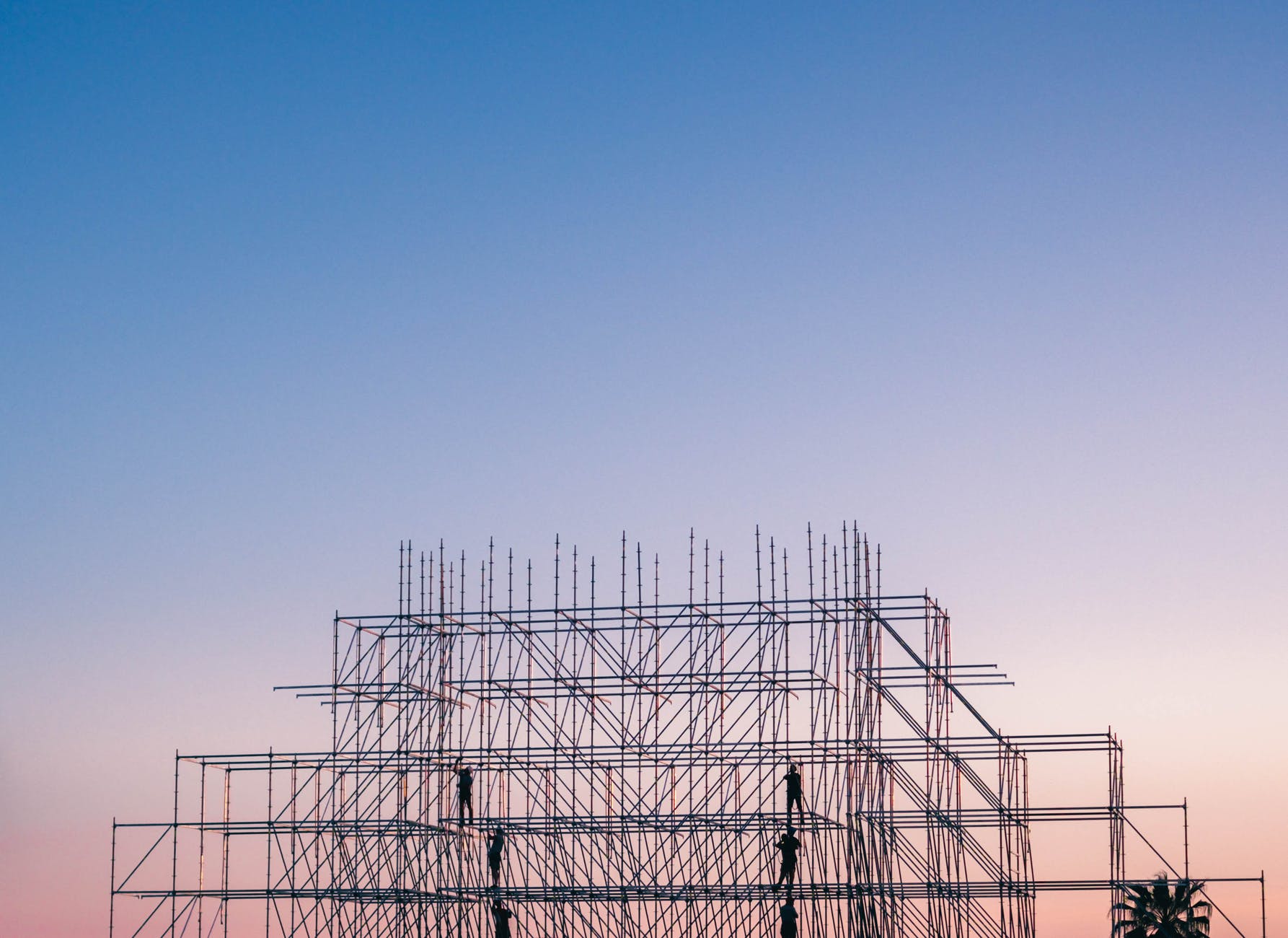When it comes to versatility, durability, and cost, you’ll be hard-pressed to find a better option than steel buildings. But before you dive headfirst into the process of building your very own steel building, there are some things you need to know.
The Benefits of Steel Buildings
When compared to traditional stick-built construction, steel buildings offer a number of distinct benefits. They include:
- The power of steel buildings lies in their durability. They’re strong enough to withstand all sorts of elements, including heavy snowfall, high wind, and even earthquakes. And because steel roof panels are often coated with galvalume (an aluminum compound that prevents rusting) they require less maintenance over time. Also, the metal structure is non-combustible, making these buildings fairly safe in fires.
- The unique, pre-engineered nature of metal buildings means there are often little to no columns interfering with the layout. This allows for greater flexibility for installing lifts, storing equipment, and/or creating separate rooms for different interior uses.
- Fast assembly. As mentioned, steel buildings are pre-engineered and prefabricated. The parts are then shipped to the construction site and put together, like the pieces of a puzzle. Using this method, entire buildings can be constructed in days (rather than months).
- Energy efficiency. You may be surprised to learn that steel frame buildings are actually easier to achieve optimum insulation than wood frame buildings. This leads to better energy efficiency and significant savings on heating and cooling.
- Lower cost. Because of the pr-engineered nature of steel buildings, labor costs are significantly lower. There’s also little-to-no material waste, which means every dollar is maximized.
When you add each of these benefits together, it becomes clear that steel buildings are worth the investments. Thus, the question becomes, how do you build one in order to maximize these advantages?
How to Build a Steel Building
Once you’ve decided a steel building is right for you, it becomes time to turn your attention to the “how” element of the equation. Here’s a basic overview of what this process looks like:
1. Outline Your Specs
The first step is to figure out your specs and get a rough idea of what sort of building you need. Contrary to popular belief, there’s no such thing as a “standard” size or layout. Because of the way they’re designed, steel buildings are customized to the site.
Size is probably the most important consideration. Generally speaking, steel structures are 30×30 feet or larger. You’ll commonly see them clock in around 40×60 feet. You also have to account for building height, which is usually somewhere between 12 to 20 feet to the top of the eave. However, you can usually have buildings designed up to 40 feet high.
Other important specs include windows, lighting, and doors. Incorporating as much natural light as possible will allow you to easily perform tasks without the need for lots of artificial lighting. Having said that, each opening you install could potentially hurt your energy efficiency. For this reason, be strategic and diplomatic in placement.
You’ll also want to think about the flooring material. The most common options are finished concrete, poured resin, and waterproof vinyl. Each offers its own distinct advantages, so be sure to research the pros and cons of any material you consider.
2. Find a Steel Building Contractor
Not all contractors are created equal. We recommend working with a steel building contractor who specializes in designing steel buildings (rather than a general contractor who dabbles in a variety of methods).
When vetting contractors, be sure to consider their experience, reputation, reviews, certifications, and costs. Gather multiple quotes and make a decision based on the full picture.
3. Pull the Right Permits
You can’t just put a steel building anywhere you want. Always contact local officials and building inspectors to ensure your plans are up to code. Zoning laws can change every block, so do your research. You’ll also need to pull the correct permits in order to start the construction process.
Bring Your Vision to Life
Steel buildings afford you a number of benefits, including durability, flexibility, and energy efficiency. However, in order to bring your vision to life, you must follow a very focused and specific plan. Use this article as a launching pad for achieving your goals!

